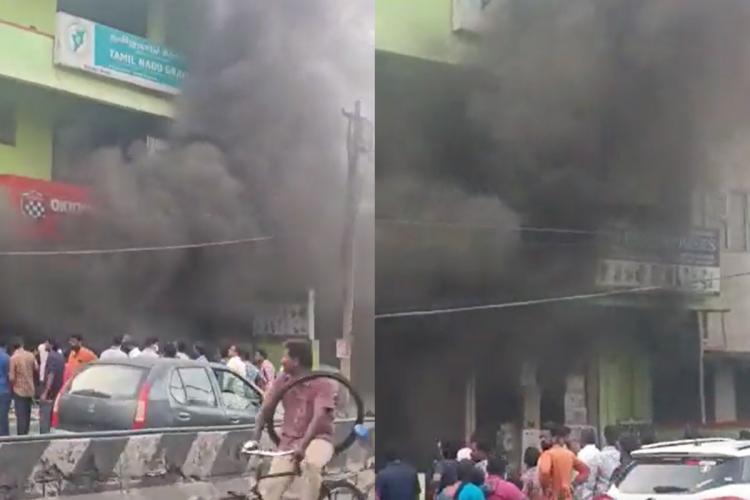Hello friends,
Before going ahead with this topic, I would like to know that
Are you li-ion battery pack manufacturer?
Are you engaged in li-ion distribution business?
Are you in Li-ion packaging and transportation business?
Are you looking forward to coming li-ion business?
Then you must have come across the problems of storing and moving Li-ion cells and battery packs.
- Lithium batteries may overheat and ignite if they are damaged, mishandled, misused, packaged incorrectly, defective or overcharged.
- Toxic fumes will be given off including hydrogen fluoride, carbon monoxide and phosphorus oxides.
- The electrolyte is irritating to skin and eyes.
What are the packaging limits when transporting small lithium cells or batteries by ground or vessel?
Which packaging requirements apply to lithium batteries contained in equipment?
Are there any special rules for the packaging, transportation and storage of Li-ion batteries?
Yes
There are some special rules related to this which need to be kept in mind.

How to package lithium batteries for shipping
- Depending on the Watt-hour rating for lithium ion cells or batteries or the lithium metal content for lithium metal cells or batteries
- The packaging required may need to be UN specification or may be simply strong, rigid packaging that is strong enough to withstand the shocks, mechanical handling, and loading encountered in transport.
- Shippers are also required to take into account other dangerous goods that may be shipped with lithium batteries to ensure that there is no incompatibility.
- Such as not packing lithium batteries with flammable liquids in the same package or overpack.
- It is essential to follow the net quantity limits when shipping lithium batteries.
Marking and labelling
Proper marking and labeling is required when shipping lithium batteries by air.
Marking and labeling packages containing dangerous goods informs every person involved in its transport of :
- What is inside the package?
- How to properly handle it during shipment?
- Where to place it during transport?
- How to address the situation if something goes wrong?
All marks must be
- Durably applied or printed on the package
- Visible and legible
- Able to withstand the elements
- Displayed on a background of contrasting color
- In English. Other languages may be used in addition, when required
- Properly sized
Why are there special rules for the transport of lithium batteries?
Which of the following are precautions that should be taken when shipping lithium batteries?
Lithium batteries may be shipped by air when all the applicable regulatory requirements are met. This includes making certain that:
- The cell and battery types have passed the applicable UN DOT 38.3 tests
- All terminals are protected against short circuits
- Packaging limits are met
- Appropriate inner and outer packaging is used
- packages bear the required marks and labels
- The required documentation is completed
Can lithium batteries explode in storage?
Yes.
- If mishandled and abused
- If following storage regulations
- The equipment must be packed in strong outer packaging’s constructed of suitable material of adequate strength and design in relation to the packaging’s capacity.
- its intended use unless the battery is afforded equivalent protection by the equipment in which it is contained.
- Lithium metal and lithium ion cells and batteries shipped by themselves (meaning alone and not installed in a device or packed with the device

Storage and Disposal
It is important that lithium batteries are kept in robust, water-tight containers and stored well away from other flammable and combustible materials.
- Always keep sand, or soil, or a Class D extinguisher nearby, as in the event of a possible fire,
- it should be smothered with dry sand or covered with contents from a Class “D” fire extinguisher.
- The use of a Class “D” fire extinguisher is the preferred extinguishing method.
- Avoid all contact with water and do not use Halon extinguishers as toxic gases will be generated.
- When the material has apparently burned and cooled, carefully turn over the remaining residue but be prepared as it may re-ignite.
- Therefore, be ready to re-extinguish should a re-ignition occur.
- Since a battery cell and the internal materials remain in the environment,
- do not bury or throw out into the environment.
- Always seal the battery in a plastic bag, adding some chalk (CaCO3) or lime (CaO) powder, or Vermiculite so that it is airtight.
- Recycle through a recycling company or dispose of it as hazardous waste.
More details

